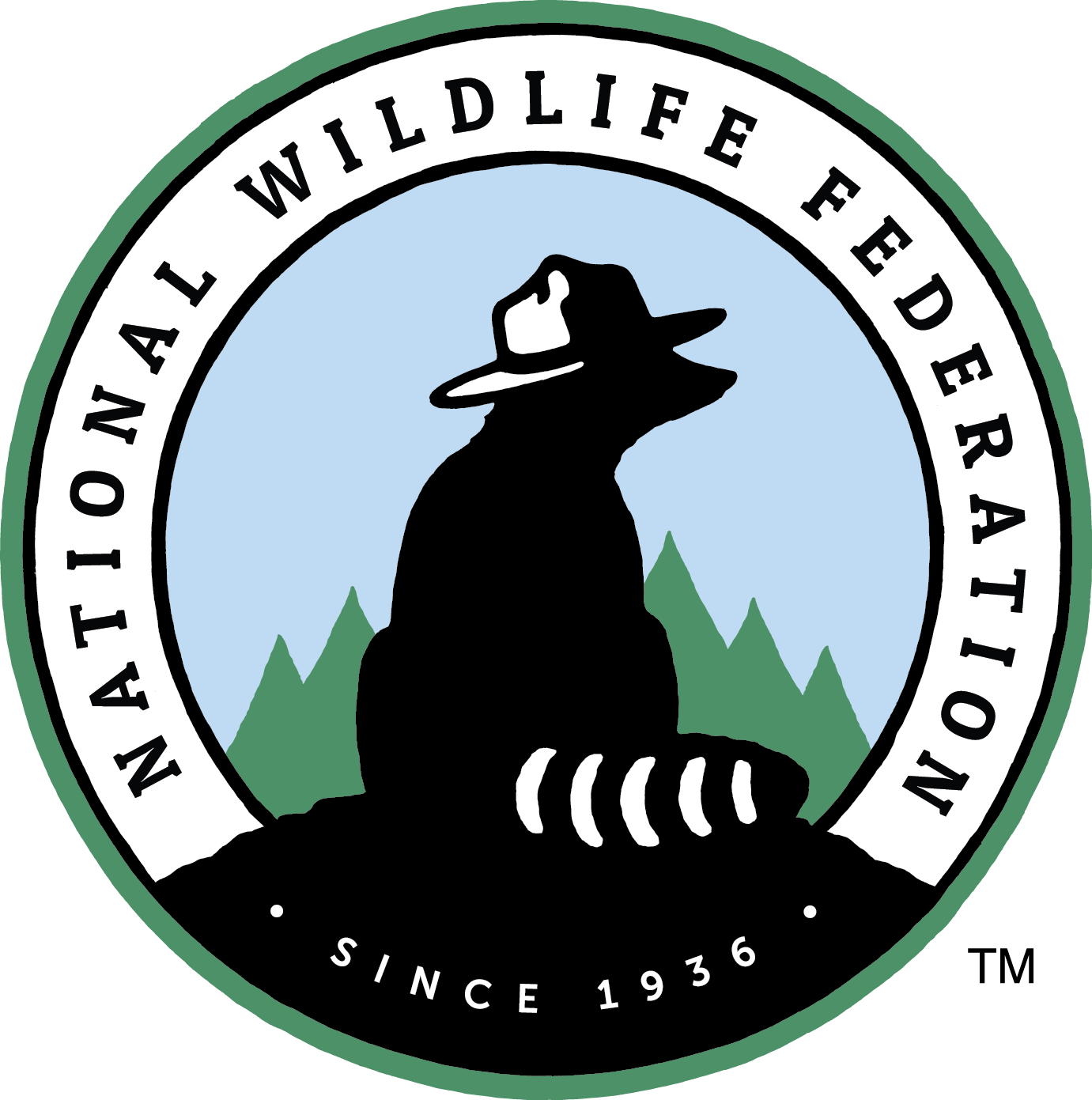Number 2021-04
WHEREAS, plants represent a major component of the nation’s biological heritage, with nearly 19,000 species of native vascular plants in the United States compared to approximately 2,700 species of native vertebrate animals; and
WHEREAS, this diverse array of native plant species serves as the foundation for virtually all other lifeforms, provides indispensable value and ecosystem services to people and wildlife, and embodies a unique reservoir of wild genetic material; and
WHEREAS, many U.S. plant species are of conservation concern with about one-third (34%) at elevated risk of extinction (imperiled or vulnerable as assessed by NatureServe and its state natural heritage partners), and 140 plant species classified as presumed or possibly extinct; and
WHEREAS, out of the 1,666 species federally listed as Threatened or Endangered in the United States, 943 (57%) are plants; and
WHEREAS, of the approximately 12,000 “species in greatest conservation need” (SGCN) identified by State fish and wildlife agencies in their state wildlife action plans nearly 4,000 are plants; and
WHEREAS, plants receive less protection than animals under the federal Endangered Species Act (ESA): for example, listed plant species are not protected from “take” or harm on private lands, and plant species are less likely than vertebrate animals to be listed and receive protection under the Act before reaching critically low population levels; and
WHEREAS, those plant species that are federally listed receive far less endangered species recovery funding than listed vertebrates: although plants represent 57% of all federally listed species, they receive less than 5% of federal recovery funding; and
WHEREAS, plants are not well protected through many state endangered species acts: for instance, plants are afforded state-level protection or recognition in just 32 states, either through state endangered species acts or other statutes, but in about half of those states safeguards for plant species are distinct from, and often weaker than, those afforded to animals; and
WHEREAS, plant species receive relatively little attention and funding in federally mandated State and Tribal Wildlife Action Plans: although plants may be included in these plans as “species of greatest conservation need” only 15 states have chosen to do so; additionally, current U.S. Fish and Wildlife Service guidelines preclude the use of State Wildlife Grant (SWG) funds for the conservation of plant SGCNs, with plants eligible for SWG funding only when considered as “habitat”; and
WHEREAS, the Recovering America’s Wildlife Act would dramatically increase funding for the implementation of State and Tribal Wildlife Action Plans and offers an opportunity to reduce the disparity in conservation and recovery of native plant species and provide incentives to strengthen state-based plant conservation efforts; and
WHEREAS, the National Wildlife Federation has a strong commitment to the conservation and protection of all biodiversity, including plants, and has a long history of promoting the conservation and cultivation of native plants through its certified wildlife habitat and Garden for Wildlife programs.
NOW, THEREFORE, BE IT RESOLVED that the National Wildlife Federation, at its Annual Meeting assembled June 8-12, does hereby recognize the need to strengthen plant conservation efforts in the United States and globally, and reduce the disparity in protection, conservation, and funding for plant species in state and federal wildlife conservation programs; and
BE IT FURTHER RESOLVED that the National Wildlife Federation and its affiliates urges the U.S. Fish and Wildlife Service to substantially increase the funding allocated for recovery of listed plant species, and to ensure that imperiled and declining plant species receive a fair share of ESA listing resources and attention; and
BE IT FURTHER RESOLVED that the National Wildlife Federation and its affiliates call on state and tribal wildlife agencies to include plants as “species of greatest conservation need” in the 2025 revisions to their wildlife action plans, incorporate plant-focused conservation actions in those plans, and urges the U.S. Fish and Wildlife Service to lift the prohibition on the use of SWG funds for plan implementation actions specifically targeted toward plant SGCNs; and
BE IT FURTHER RESOLVED that the National Wildlife Federation and its affiliates support passage of federal legislation, such as the Recovering America’s Wildlife Act, that would provide incentives for states to voluntarily strengthen their commitment to and funding for declining and at-risk plant species, and that other new funding sources, including but not limited to possible climate change-related legislation, not perpetuate the exclusion and disparities in funding for native plant conservation; and
BE IT FURTHER RESOLVED that the National Wildlife Federation and its affiliates advocate for the strengthening of plant-related state legal authorities, such as: inclusion of plant species in state endangered species laws where such laws exclude them; bolstering of plant species protections in states where plants have state legal status but protections are weak; and
BE IT FURTHER RESOLVED that the National Wildlife Federation and its affiliates support efforts to increase and rebuild botanical and plant conservation capacity in federal wildlife (i.e., U.S. Fish and Wildlife Service) and land management agencies (e.g., U.S. Forest Service and Bureau of Land Management) to ensure that plants can be adequately addressed in ESA listing and implementation decisions and in federal land management planning, implementation, and monitoring; and
BE IT FURTHER RESOLVED that the National Wildlife Federation and its affiliates urges state and federal management agencies to increase support for public-private partnerships and encourage voluntary private conservation of plant species to ensure that imperiled and declining plants are protected wherever they are found; and
BE IT FINALLY RESOLVED that the National Wildlife Federation and its affiliates encourage federal and state agencies including U.S. Geological Survey to increase funding in support of research to improve the monitoring and assessment of U.S. plant species to better documenting their conservation status and conservation needs, focus additional research on understanding the impacts of climate change and other emerging threats to the nation’s plant biodiversity, and explore new approaches for effectively conserving and recovering at-risk plant species in a changing climate.
